FUTURE-PROOF
YOUR VIDEO SERVICES
Live Video
Streaming
Deliver the highest QoE for live video streaming at scale, anywhere and on any device.
Content anywhere,
anytime
VOD and live streaming services to audiences everywhere, on any device.
Monetization
Leverage every monetization opportunity through software and services.
Immersive Experience
& Content
Be ready to deliver the next generation of immersive content.
Decrease Video
Streaming Costs
Delivering video is hard. Delivering video cost-effectively is even harder.
5G Streaming
Leverage the increasing video streaming traffic on cellular networks.
Advanced CDN
A content delivery network solution ready for the upcoming challenges of video streaming.
Cloud DVR
Petabytes of TV recordings at your fingertips.
Content
Personalization
Targeted advertising and video content personalization made easy.
Multicast ABR
Upgrade IPTV to ABR with no compromise on QoE.
Origin Packager
Package and protect your video content.
CDN Selection
Manage your growth and robustify your video delivery solution through a multi-CDN approach.
Analytics &
Monitoring
Transform raw data into gold.
Not sure which solution to choose?
Get in touch
EXPERIENCE
STREAMING
at its peak
Our award-winning video delivery solutions bring you the keys to success!













































